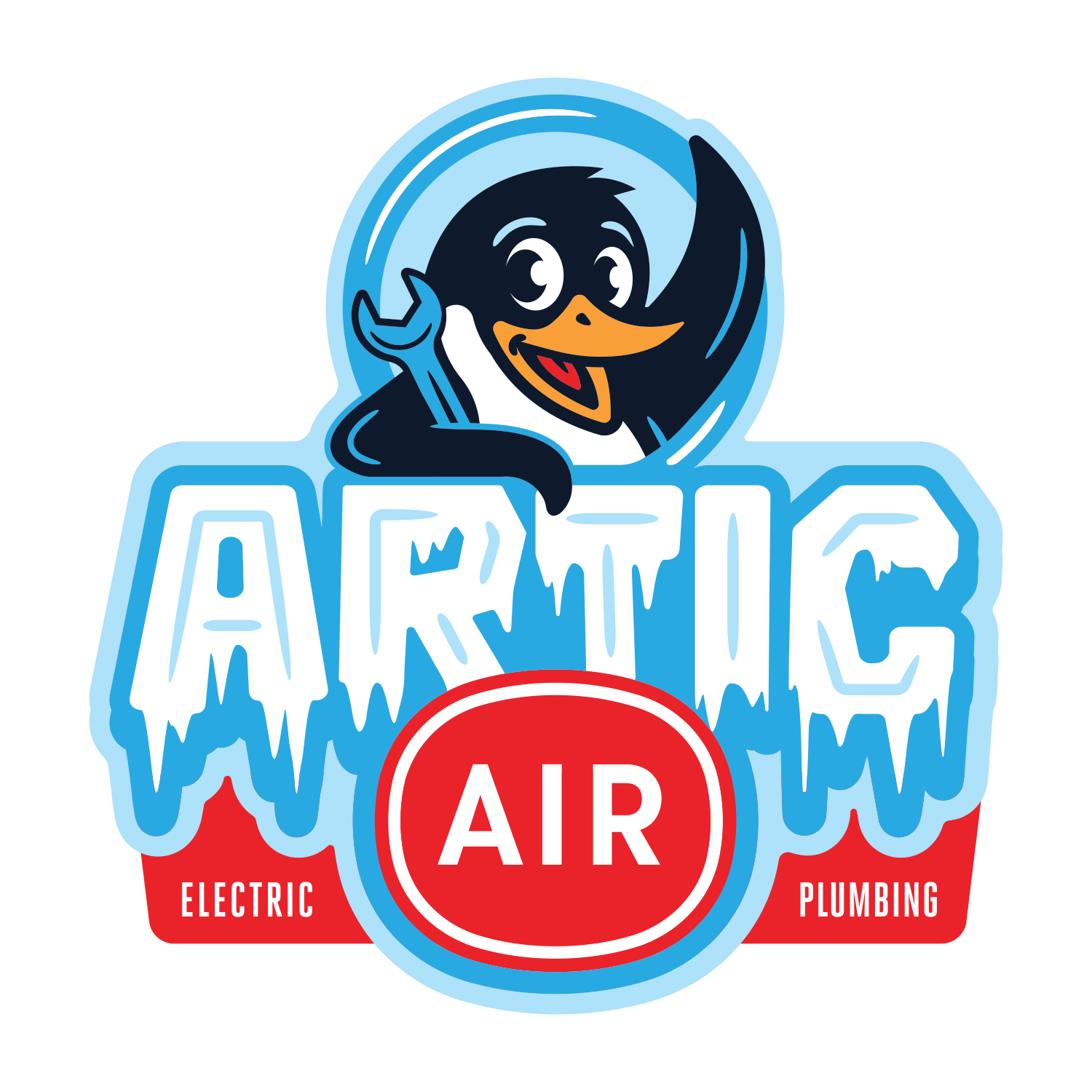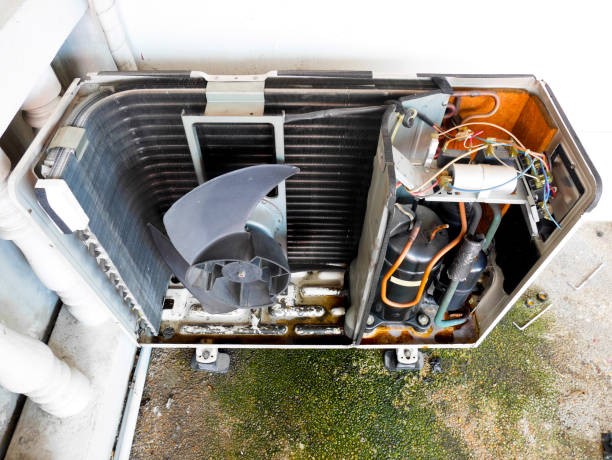When upgrading to a new HVAC system, understanding what components get replaced during installation is crucial for homeowners. This knowledge not only prepares you for the process but also helps ensure that your new system functions efficiently and effectively. Let’s explore the typical components that are replaced during an HVAC unit installation and why these changes are essential.
Key Components Replaced During HVAC Installation
- The HVAC Unit Itself
Old Unit Removal: The most obvious replacement is the HVAC unit itself. This includes the furnace and the air conditioning unit. Technicians will remove your old units and install new ones that are more efficient and capable of providing improved climate control.
- Thermostat
Upgraded Controls: Many HVAC installations include replacing the old thermostat with a more modern, programmable model. Smart thermostats can offer significant improvements in energy efficiency by allowing you to set and adjust heating and cooling schedules according to your daily routine.
- Ductwork
Ductwork Evaluation: While not always completely replaced, the ductwork may undergo significant modifications or partial replacement to fit the new unit or to remove sections that are damaged or poorly sealed. New ductwork helps ensure efficient air distribution and reduces energy loss.
- Refrigerant Lines
Line Replacements: If you are installing a new air conditioner, the refrigerant lines often need to be replaced to ensure they are free from leaks and compatible with the new unit, especially if the type of refrigerant used differs from your old system.
- Condensate Drain Lines
Ensuring Proper Drainage: The installation might include replacing the condensate drain lines to ensure proper drainage away from your home. This step helps prevent moisture issues and potential water damage.
- Electrical Connections
Safe Wiring: Electrical connections and wiring may need to be updated, especially if the new HVAC system has different voltage or current requirements than the old one. This is critical to ensure safety and proper operation.
- Ventilation and Exhaust
Venting System Updates: Any changes in the heating system, particularly if you switch fuel types (e.g., from oil to gas), may require modifications to the ventilation and exhaust systems to handle the byproducts of the heating process safely.
Why These Replacements Matter
Efficiency: New components, particularly in ductwork and thermostat systems, can drastically improve the efficiency of your HVAC system, reducing your energy bills and environmental footprint.
Compatibility: Replacing certain parts ensures that the new system operates smoothly without any compatibility issues that can arise from using old components.
Safety: Updated electrical wiring and proper exhaust systems are essential for safety, preventing potential electrical fires or carbon monoxide leaks.
Longevity: Installing new parts reduces the wear and tear on your new system, extending its lifespan and decreasing the likelihood of frequent repairs.
A Fresh Start for Your HVAC System
Understanding what gets replaced during an HVAC installation helps you make informed decisions about your home’s heating and cooling systems. With new, more efficient, and safer components, your HVAC system will not only perform better but also save you money in the long run while enhancing your home’s comfort. Always work with a reputable HVAC professional to ensure that all necessary components are appropriately handled during your new installation.

